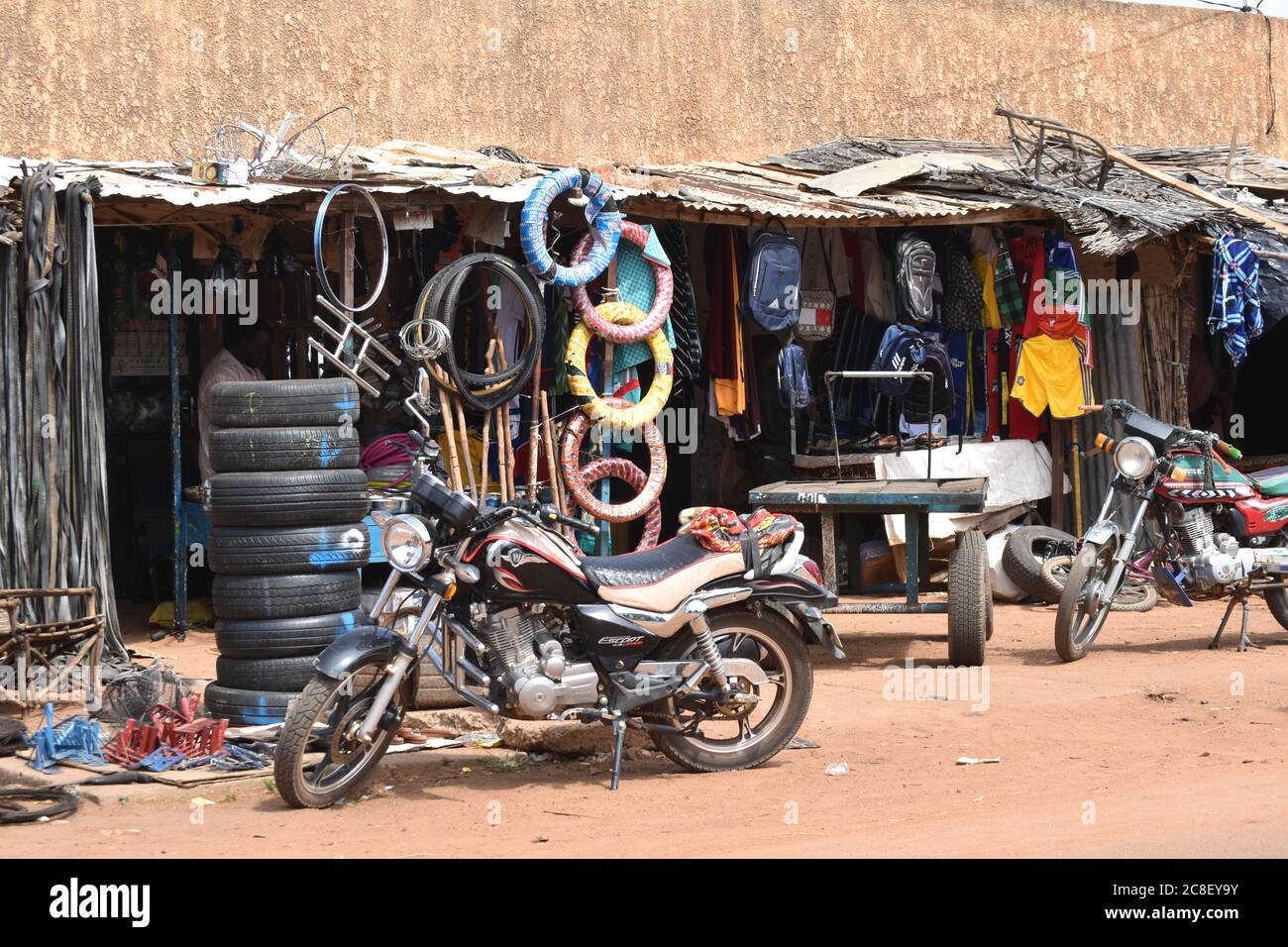Check Out the current Motocross Gear NZ for each Degree of Rider
Check Out the current Motocross Gear NZ for each Degree of Rider
Blog Article
Understanding the Important Parts of a Motorbike: A Comprehensive Overview for Enthusiasts
For bike fanatics seeking to boost their riding experience and ensure their bikes run efficiently, comprehending the important components of a motorcycle is paramount. Each aspect, from the engine's intricate functions to the important function of the stopping systems, not only affects efficiency but also safety and comfort. This overview will certainly stroll through the fundamental parts that every motorcyclist should recognize with, allowing notified selections in both maintenance and prospective upgrades. As we start this expedition, one must ask: how does each component engage to create the seamless adventure every fanatic seeks?
Engine Components

The camshaft plays an important role in regulating the timing of the engine's shutoffs, making sure the specific opening and closing required for effective fuel and air intake, along with exhaust expulsion. This timing is essential to maintaining ideal engine efficiency and performance. In addition, the carburetor or fuel shot system, depending upon the motorbike model, is in charge of blending air with gas in the proper ratio for combustion.
The cooling system, either air or liquid-based, works to keep the engine's temperature within functional limits, protecting against overheating and guaranteeing durability - motorbike shop. Each part, carefully designed and integrated, adds to the smooth procedure of the engine, specifying the motorbike's power outcome and total performance
Transmission System
Essential to the motorcycle's capability, the transmission system ensures effective power transfer from the engine to the wheels. This system comprises several essential components, including the clutch, gearbox, and last drive, each playing a crucial function in converting the engine's power right into movement. The clutch, commonly operated by a hand bar, serves to involve and disengage the engine from the transmission, permitting for smooth gear adjustments and regulated acceleration.
The gearbox, typically referred to as the transmission correct, consists of a collection of gears that bikers can by hand change with to adjust the bike's rate and torque output. These equipments are organized in a sequence that makes it possible for the motorcycle to accelerate efficiently and preserve optimal engine efficiency throughout different rates. Many bikes make use of a sequential gearbox, needing the cyclist to change gears in a predetermined order.
Braking Mechanisms
While recognizing the transmission system is key to using a motorcycle's power, equally important is the ability to regulate and stop that power efficiently, which is where braking systems come motorcycle shoe right into play. Brakes are crucial for safety and efficiency, supplying the motorcyclist with the necessary control to browse various terrains and conditions. Commonly, motorcycles include 2 kinds of braking systems: disc brakes and drum brakes.
Disc brakes are a lot more common in contemporary motorcycles due to their remarkable performance. This system offers much better heat dissipation, constant performance, and boosted stopping power, particularly in wet conditions.
On the other hand, drum brakes, though less usual, are still found in some motorbikes. They work by pressing brake shoes against the inner surface area of a drum connected to the wheel. While normally less reliable in warmth dissipation and quiting power, drum brakes are less complex and extra cost-effective.
Understanding these stopping systems' nuances permits bikers to maintain their bikes appropriately and appreciate the engineering that ensures reliable and safe stopping.
Suspension and Steering
Suspension and guiding systems are vital components that my latest blog post considerably influence a motorcycle's handling and trip comfort. The suspension system, including forks at the front and shock absorbers at the rear, takes in roadway irregularities, boosting stability and control. Front forks, generally telescopic or inverted, compress and rebound to mitigate effects, while rear shock absorbers maintain tire call with the roadway, vital for grip and security.
Guiding, centered around the handlebars, links the motorcyclist to the motorcycle's directional control. The steering head bearings guarantee smooth procedure, enabling accurate maneuverability. Appropriate placement and upkeep of these bearings are important for foreseeable guiding response and decreasing motorcyclist fatigue.
The suspension's adjustability is one more essential facet; preload, damping, and rebound settings enable modification to fit numerous try here riding styles and problems. This flexibility is essential for optimizing efficiency, whether navigating city roads or taking on tough trails. Developments like digital suspension systems supply real-time modifications, enhancing ride high quality across varied terrains.

Electrical Systems
After making certain a smooth and regulated adventure through reliable suspension and guiding systems, focus turns to the electric systems, a critical facet of modern motorcycles. These systems play a critical role not only in starting the engine however likewise in powering numerous parts that boost the capability and safety and security of the motorcycle.
At the heart of a motorbike's electric system is the battery, which shops electrical energy required for beginning the engine and powering complementary systems - motox parts nz. The generator or generator, paired with the rectifier-regulator, guarantees the battery stays billed while the motorcycle is in procedure, transforming power right into electric power and preserving voltage levels
The ignition system, one more important element, is liable for stiring up the air-fuel blend in the engine's cyndrical tubes. Modern motorcycles often utilize a digital ignition system, providing greater performance and integrity contrasted to standard systems.
Lights systems, including fronts lights, tail lights, and indicators, are likewise important, guaranteeing visibility and safety for the biker. Additional electronic parts such as sensors, control devices, and shows add to advanced features like gas shot administration, anti-lock braking systems (ABS), and electronic dashboards, even more boosting the riding experience.
Final Thought
A complete understanding of a bike's vital components, consisting of the engine, transmission system, braking mechanisms, suspension, steering, and electric systems, is essential for enthusiasts intending to optimize efficiency, safety and security, and comfort. Proficiency of these aspects enables for informed decisions regarding maintenance and upgrades, inevitably enhancing the riding experience. By integrating this understanding, motorcyclists can guarantee their motorcycles run at peak performance and integrity, thus making best use of both satisfaction and longevity of their lorries.
For bike lovers looking to elevate their riding experience and ensure their bikes run smoothly, understanding the crucial components of a bike is critical.Indispensable to the bike's functionality, the transmission system makes certain efficient power transfer from the engine to the wheels.While comprehending the transmission system is essential to using a motorbike's power, equally essential is the ability to regulate and stop that power properly, which is where stopping mechanisms come right into play. Commonly, bikes include two types of stopping systems: disc brakes and drum brakes.
A complete comprehension of a motorbike's essential components, consisting of the engine, transmission system, braking systems, suspension, steering, and electric systems, is essential for enthusiasts aiming to maximize convenience, performance, and security.
Report this page